SUMMARY
This is AI generated summarization, which may have errors. For context, always refer to the full article.
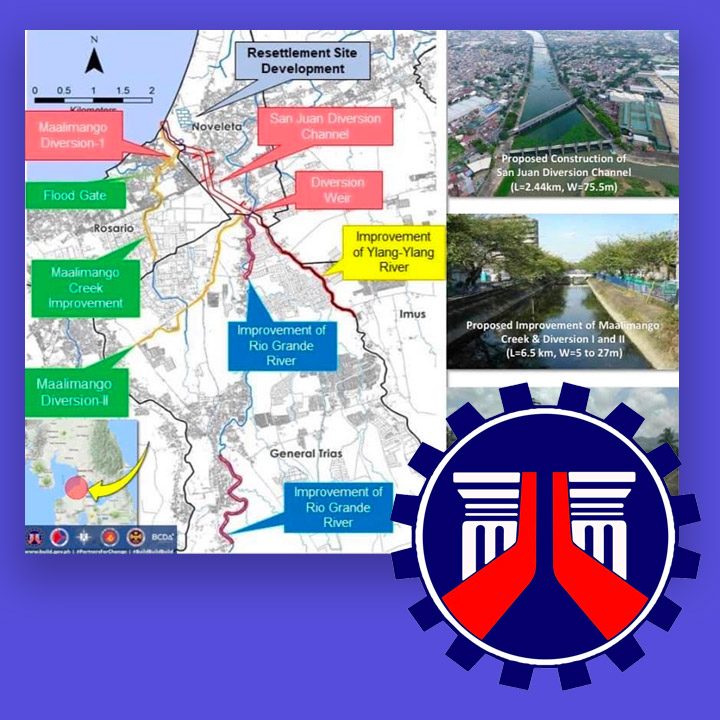
The Department of Public Works and Highways (DPWH) will construct 569 housing units for the informal settlers who will have to leave the areas affected by the construction of the Cavite Industrial Area Flood Risk Management Project.
Affected households from Imus, Kawit, Noveleta, Rosario, and General Trias will be relocated to an eight-hectare site in barangays San Rafael II and III in Noveleta, Cavite, according to DPWH Underseretary Emil Sadain’s report to Acting Secretary Roger Mercado on Tuesday, October 26.
The flood mitigation project involves the construction of the San Juan River Diversion Channel, which will connect the confluence of Ylang-Ylang River and Rio Grande River to Manila Bay. It also includes 6.9 kilometers worth of river improvements for the two rivers and a four-kilometer storm drainage for Maalimango Creek.
The DSWD, through the Unified Project Management Office, signed an agreement with National Housing Authority (NHA) General Manager Marcelino Escalada Jr. to request their assistance and expert advice on the construction of the housing units.
The relocation site will include basic utilities, such as water, electricity, and drainage. Roads, embankment protection, and community facilities will also be developed.
The construction of the relocation site will start in the first quarter of 2022, while the flood control infrastructure will follow in the second quarter.
A 2017 preparatory survey of the project estimated that 877 households would be affected by the project, with 46% or 404 households considered vulnerable. Such households were those that were either landless or were led by solo parents, elderly, or minors.
These households are entitled to special skills training programs, which will be developed by DPWH through the guidance of partner agencies. The programs will be implemented between four months before and a year after the relocation.
The flood control infrastructure will complement the recently constructed retarding basins in Barangay Anabu and Buhay na Tubig in Imus. All of these projects were funded by the Japan International Cooperation Agency. – Rappler.com
Jerome Sagcal is a Luzon-based journalist and an awardee of the Aries Rufo Journalism Fellowship.
Add a comment
How does this make you feel?

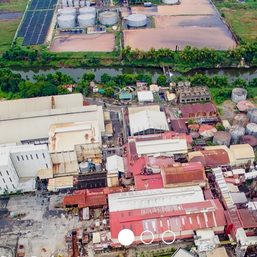
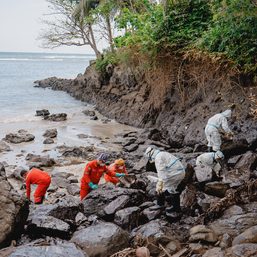
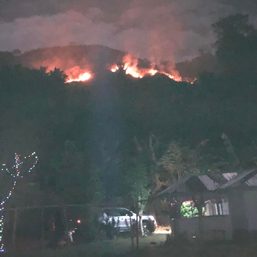

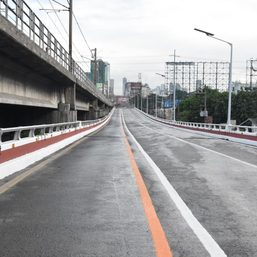
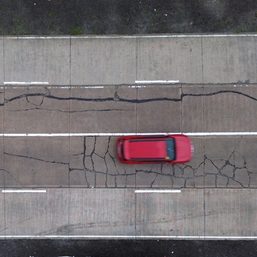
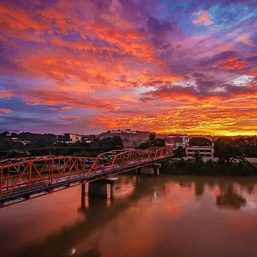

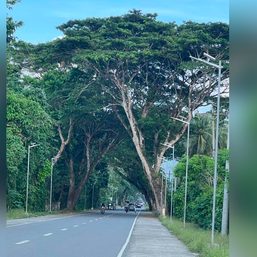
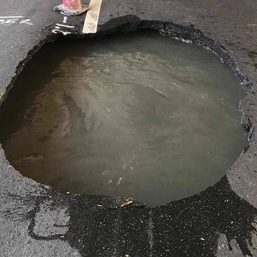
![[ANALYSIS] Investigating government’s engagement with the private sector in infrastructure](https://www.rappler.com/tachyon/2024/04/tl-gov-private-sectors-infra-04112024-1.jpg?resize=257%2C257&crop=435px%2C0px%2C1080px%2C1080px)
![[OPINION] Cities and public spaces should be for people first](https://www.rappler.com/tachyon/2024/04/imho-people-first-city-04132024.jpg?resize=257%2C257&crop_strategy=attention)
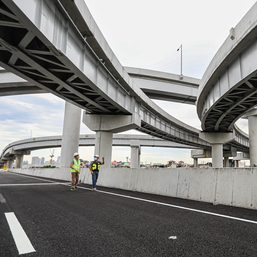
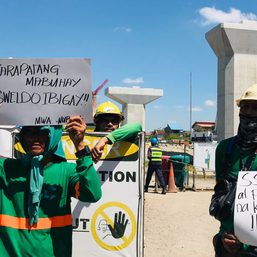
There are no comments yet. Add your comment to start the conversation.